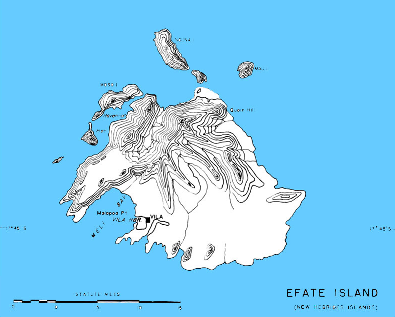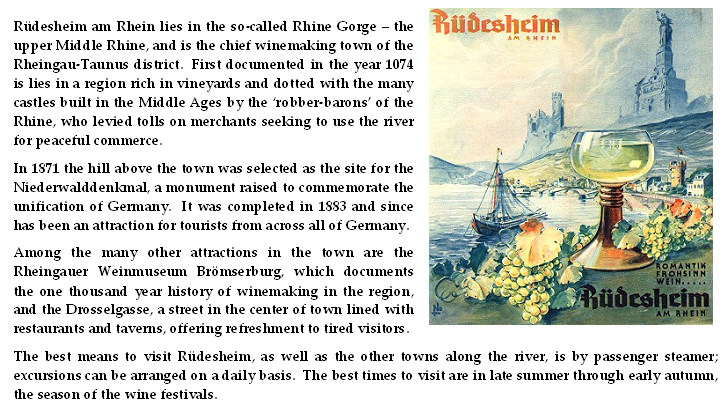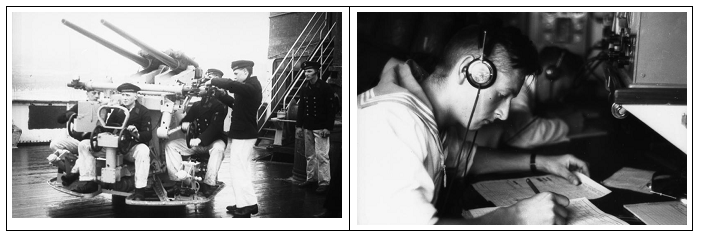Kieler Nachrichten, Tuesday, 1 July 1941
Today saw the ceremonial laying of the keels of the Kriegsmarine’s newest destroyers, the Fulda and the Minden. These ships, of the Paderborn class, will soon join their sisters in protecting German commerce upon the high seas, and represent the continuing commitment of the Government to the defence of the nation.
Hamburger Abendblatt, Wednesday, 2 July 1941
A contingent of the nucleus crew of the Brazilian battlecruiser Sao Paulo arrived in the city today aboard the Hamburg-Sud Amerika liner Cap Norte. The Sao Paulo is nearing completion is expected to being builders’ trials in September. The Brazilian naval personnel are temporarily quartered at the North Sea Naval Station, where they will begin training on some of the new combat systems that will be deployed aboard the Sao Paulo and her sister. Pending successful completion of trials, the Sao Paulo will sail for Brazil some time in the latter part of the year.
Wehrgedanken des Auslandes, July 1941
Report of Korvettenkapitän August Becker, Kriegsmarine
In mid-March I received an invitation to observe the activities of the Marine Nationale’s 1er Demi-Brigade du génie naval (1st Naval Construction Demi-Brigade), a specialist engineer construction unit. It had been tasked to construct an airfield at Port Vila on the island of Efate in the New Hebrides group. A task force consisting of two Caiman class amphibious landing ships, with the destroyer Valmy as escort and the tanker Cap Corse in support would transport the unit from Indochina to Efate. My hosts allowed me to observe the planning sessions for the exercise, which envisioned construction of a 1,500 metre packed surface runway, a hard-surfaced parking zone for aircraft, erection of a terminal building and covered repair shed and construction of fuel storage facilities. It was stressed during the planning that this was a civil engineering mission, as the New Hebrides are a co-dominium between France and Great Britain; however, the presence of an aerodrome on the island adds to its strategic potential.
French officers were quick to point out to me this exercise was the first undertaken by the 1er Demi-Brigade du génie naval as a unit, but it was not the first such task its component elements had been involved in. As far back as 1936 elements of the unit had constructed air facilities on the French island of Bora Bora, and since that time some of its personnel had been involved in construction projects across the French possessions in the Pacific as well as in Indochina. However, as a new formation, the forthcoming evolution on Efate would test the unit’s command and control structure and reveal any shortcomings in a situation short of war.
The task force departed Indochina on 19 March, arriving in Port Vila on 4 April. During the transit I was able to observe the seagoing capabilities of the Caiman class amphibious ships closely, for I was able to sail aboard the transport Jacara. In loaded condition the vessels are reasonably stable and are adequate gun platforms. However the ships are relatively slow – our transit was accomplished at a steady ten knots – and they lack radius of action for oceanic employment. However, they are capacious, quite capable of carrying armoured vehicles, troops, equipment and supplies, and are designed to land their cargo directly onto shore. In light of the shortcomings of the Caiman class revealed in the recent Indochina amphibious exercises the tanker Cap Corse carried one small landing craft of the new EA-13 type and one of the EDA-55. Their presence would prove providential.
Upon arrival at Port Vila the French task force began unloading immediately. Despite the presence of piers at Port Vila it was found that they had only two metres depth of water at low tide, and the French task force was constrained to off load its equipment over nearby beaches. The EA-13 and EDA-55 craft proved their worth in ferrying personnel and stores from the larger amphibious ships to Port Vila and in maintaining communications between varying points on shore. The island’s road net is not suited for military traffic and the use of small coastal craft is common here.
Clearing the area selected for construction of the aerodrome began as soon as the heavy equipment came ashore. While the French had brought adequate amounts of equipment and material it soon became clear that construction would be carried out under arduous conditions. The task force had arrived during the island’s rainy season – and drainage of the proposed aerodrome construction site soon became an issue, and the same problem also afflicted the roads and tracks used by French naval personnel moving equipment and supplies to work sites. The original plan called for a packed-earth grass covered runway – this was soon abandoned in favor of packed layers of crushed coral, which it was found to drain far better than the tropical soil on the island. The limited supplies of asphalt and concrete were reserved for the parking zone and the planned terminal building. These problems delayed completion of the aerodrome runway until 30 April, and further work remains to be done.
The probable weather conditions – April in Efate brings an average of thirteen days of rain and its average rainfall is 330mm – were well known to the French naval staff. Part of this exercise was to determine what elements of French planning and technique were adequate and which required improvement. As one officer expressed it to me, "In wartime we won't have the luxury of waiting until the dry season, so we might as well train for the wet season." One need identified has been for some sort of pre-fabricated underlayment for rapid airfield construction; while the crushed-coral topping used to complete the current aerodrome is considered capable of several years’ use French officers admit that it took far more material to build it up than they had anticipated.
One success was the use of pre-fabricated roof truss sections and wall sections to construct the terminal building. Once the engineers had poured the concrete pad it took but a few days to set the wall components in place using a large mobile crane and only a day to set the roof trusses once the walls were complete. At the time of my departure the covered workshop shed had yet to be completed – one result of the effort needed to complete the aerodrome. Similarly, construction of bolted steel tanks for aviation fuels had been planned for but completion was delayed by weather conditions and higher priority work.
In terms of the planned exercise, it is certain that the Marine Nationale learned a great deal regarding what its construction troops can do, and discovered a number of shortcomings. The need for additional water purification equipment was noted early on. In terms of heavy equipment, the number of earth moving cranes, scrapers and tipping lorries were found to be marginal for the tasks in hand. Additional electrical generators would have increased productivity. The troop tables for the Demi-Brigade du génie naval calls for a small sawmill – in the interest of time and in view of the use of prefabricated buildings this had been omitted on this occasion – its absence was quickly recognised when the lack of shoring timber became apparent. Such things as hardware, reinforcing bar and welding rod were found to be in short supply due to unanticipated requirements.
--------------
Located some 480 kilometers northeast of New Caledonia the island of Efate is the largest of the New Hebrides group, and is forty kilometers long from east to west and 25 kilometers wide – it covers approximately nine hundred square kilometers. Port Vila is the main centre of population and serves as the district seat of government.
Havannah Harbour on the northern shore of the island offers an excellent anchorage and can serve as a sheltered base for small craft, seaplanes and flying boats. Several of the French officers I spoke with indicated that it would not be difficult to construct limited shore facilities there to supplant the services provided by depot ships. There is a suitable site for a military aerodrome near Quoin Hill, in the northeast portion of the island, near an area of hot springs.
Should it be decided to turn Efate into a major military base one of the greatest difficulties to be faced would be improving the existing road network. None of the island’s roads are hard surfaced, and drainage in the wet season is a constant issue.



Quoted
Originally posted by HoOmAn

Quoted
Originally posted by BruceDuncan